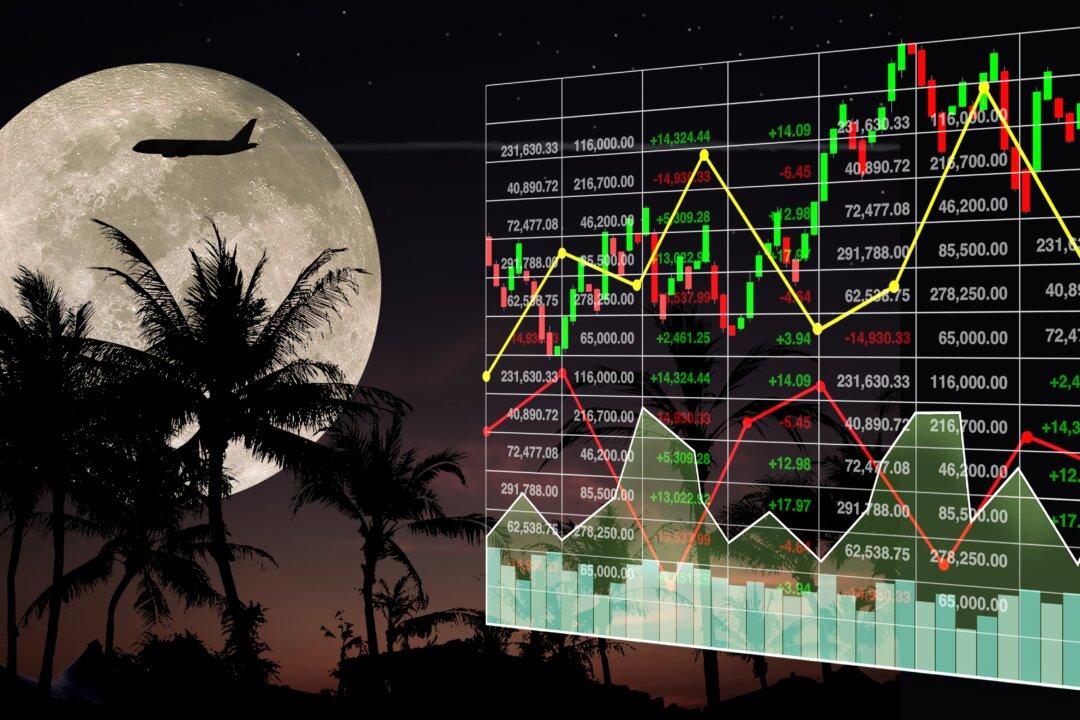They say space is the final frontier. And even though America’s first space shuttle launched in the 1950s, leading aerospace companies today are still piercing deeper into the cosmos and stand at the forefront of cutting-edge technology that could seem out of this world. Many of these companies also have a reliable stream of revenue coming directly from the pocket of the Department of Defense.
In fact, the U.S. Space Force’s top-secret plane made by Boeing recently made its safe return to Earth after spending more than 400 days in orbit, where officials said it had “broken new ground.”
Why Invest in the Aerospace Sector?
The aerospace sector is closely tied to the defense sector. In fact, analysts view it as a unit called the aerospace and defense sector (A&D).Today, the aerospace and defense industry supplies the following five markets: military aircraft, missiles, space, commercial airlines, and general aviation.
Military aircraft accounts for the largest market share, followed by space systems. This is telling because of ongoing conflicts that have recently sparked around the world such as the Ukraine–Russia war and the Israel–Hamas conflict in the Middle East. These and other battles have triggered an increase in defense spending by governments around the globe. And perhaps the biggest customer of the leading aerospace and defense companies in the United States is Uncle Sam. Many are engaged in long-term contracts with the Department of Defense. This could provide a steady, reliable, and hefty stream of income for these companies.
It’s also important to note that the government allocates a portion of its budget to defense. This fuels government spending regardless of where we are in the economic cycle. And it’s one of the reasons why aerospace and defense companies tend to remain stable even in times of economic uncertainty, such as during recessions.
In addition, A&D companies are among the most innovative in the world. They essentially are in the business of inventing new technology. Think unmanned aircraft for everything from military operations to commercial flight. How about virtual and augmented reality being used for training simulations? Or making a family trip into outer space as common as going to Disneyland? The A&D sector has its foot in all of this.
But remember: the aerospace sector isn’t just about technology that leaves this Earth. Air travel has been going through a resurgence with global economic growth and a rise in middle-class populations across the world. This heightens demand for commercial aircraft and aerospace products.
In addition, investing in the aerospace sector can give your portfolio a new layer of diversification. The industry behaves in ways that may not be correlated to other areas of the market. This can provide downside protection.
Aerospace Stocks
One of the most popular ways to invest in the aerospace and defense sector is by purchasing shares of the private stocks of companies such as SpaceX. You can access these through platforms such as Nasdaq Private Market and OurCrowd. However, private stocks are typically limited to high-net-worth accredited investors.Still, you can invest in some of the biggest publicly traded companies in aerospace. Here are some top picks:
Aerospace ETFs
If you don’t want to individually pick stocks in the aerospace and defense sector, you can purchase exchange-traded funds (ETFs) that aim to mimic the performance of the industry as a whole. These ETFs are professionally managed funds that hold leading stocks throughout the aerospace and defense industry. Here are some top picks:- iShares U.S. Aerospace & Defense ETF
- Invesco Aerospace & Defense ETF
- SPDR S&P Aerospace & Defense ETF
- Global X Defense Tech ETF
- ARK Space Exploration & Innovation ETF








